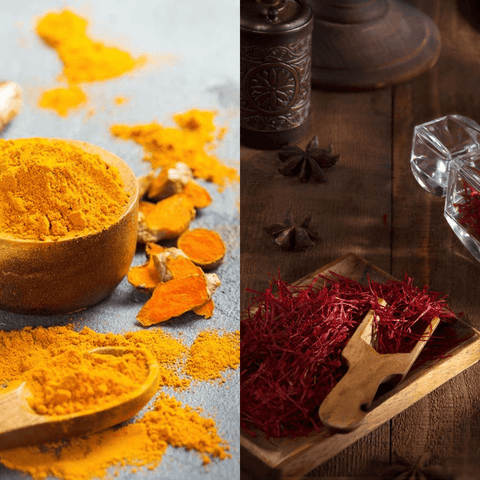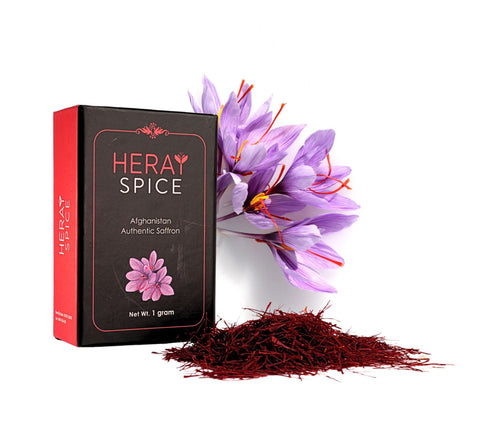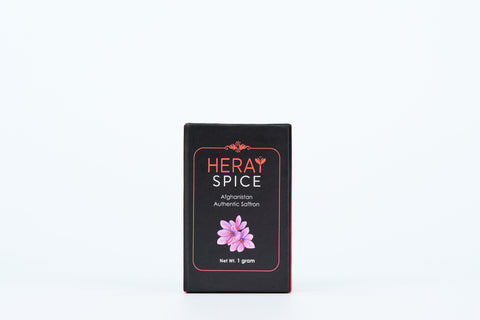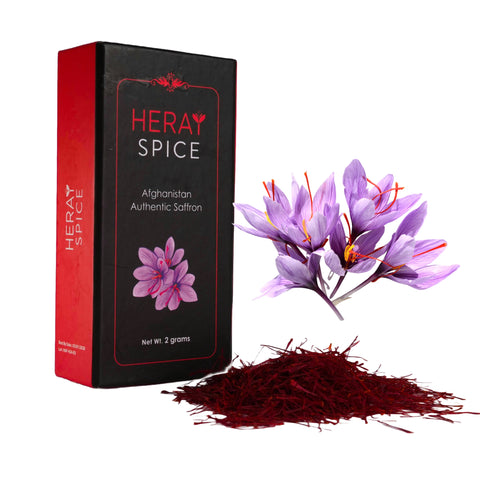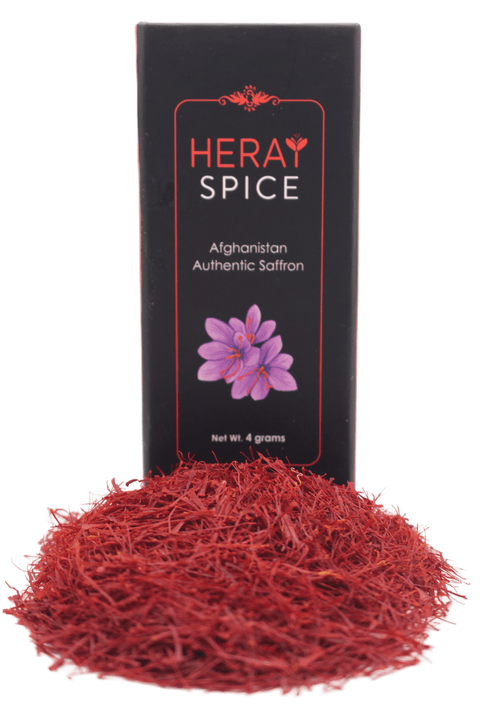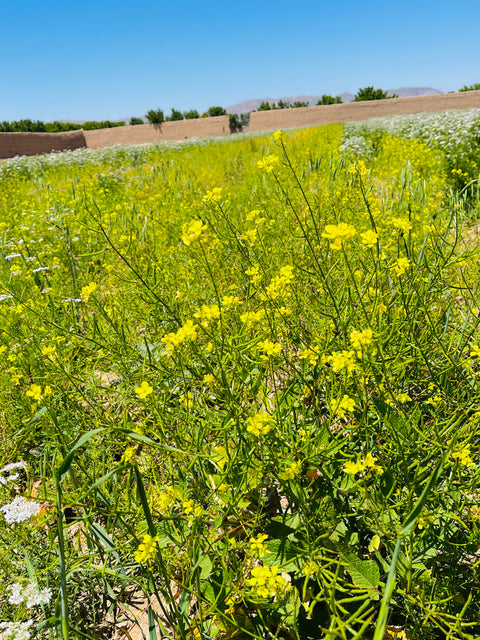Turmeric and saffron are two distinct spices that play significant roles in the culinary world due to their unique flavours, colours, and potential health benefits. This article will provide an overview of both spices, including their types, differences, nutritional profiles, uses in cooking, cost, and availability.

Photo credit: Style Craze (turmeric)
Photo credit: Behance (saffron)
Turmeric:
Turmeric, scientifically known as Curcuma Longa, is native to Southeast Asia, India, and Indonesia. It is renowned for its anti-inflammatory properties, primarily attributed to its active compound, curcumin, which may help reduce the risk of heart disease and inhibit the replication of cancer cells.
Turmeric comes in various forms:
- Fresh Turmeric: It has an earthy root-like flavour and is ideal for curries, soups, and teas.
- Dried Ground Turmeric: Often used as a spice for its signature mustard hue and musky flavour. It's a common ingredient in curry powder and masala blends.
- Turmeric Powder Capsules: These provide an easy way to obtain the health benefits of turmeric in daily doses.
In cooking, turmeric is used in a wide range of dishes in Indian, Asian, and Middle Eastern cuisines, adding both flavour and colour. It is also used as a natural food colouring in items such as mustard and cheeses. Turmeric is relatively affordable and widely available in most supermarkets due to its abundant production in various countries.
Saffron:
Saffron, on the other hand, is a luxury spice derived from the dried stigmas of the crocus flower. It is known for its deep red colour and distinctive floral-grassy flavour. Saffron is one of the most expensive spices globally because it requires a significant number of saffron flowers to produce a small amount of the spice.
There are different types of saffron available:
- Afghanistan Heray Saffron: It has a deep red, earthy flavor and intense aroma.
- Persian Saffron: Slightly more bitter but still fragrant.
- Indian Kashmiri Saffron: Generally less expensive and milder in taste.
Saffron is used in Mediterranean and Indian dishes, imparting a unique botanical flavour and a yellow-orange colour to dishes like paellas and risottos. It is also known for its antioxidant and anti-inflammatory properties and can help alleviate symptoms of depression, anxiety, and menstrual cramps.
In culinary applications, saffron is used in various ways:
- In Rice Dishes: Saffron threads are soaked to release their flavour and colour, then stirred into rice during cooking.
- In Drinks: Saffron can be infused in hot water and added to hot or cold beverages for a unique flavour.
- In Desserts: It can be infused into sugar syrups, custards, ice creams, or used in cakes and pastries.
- In Sauces and Stews: Saffron enhances the flavour and colour of tomato-based sauces and slow-cooked stews.
- In Marinades: Saffron-infused oil or water is used to flavour meats and vegetables.
Saffron is considered a rare and high-priced ingredient, primarily grown in regions with a Mediterranean-type climate. Iran, Afghanistan, India, and Morocco are some of the significant saffron-producing countries. Due to its limited availability and labor-intensive production, saffron is mostly found in specialty stores or online.
In conclusion, while turmeric and saffron share some similarities in terms of colour and health benefits, they differ in texture, appearance, nutritional profiles, uses in cooking, cost, and availability. Both spices are versatile and can elevate various dishes, from curries and soups to paellas and risottos. Whether you choose turmeric or saffron, they have the power to transform ordinary meals into extraordinary culinary experiences.

